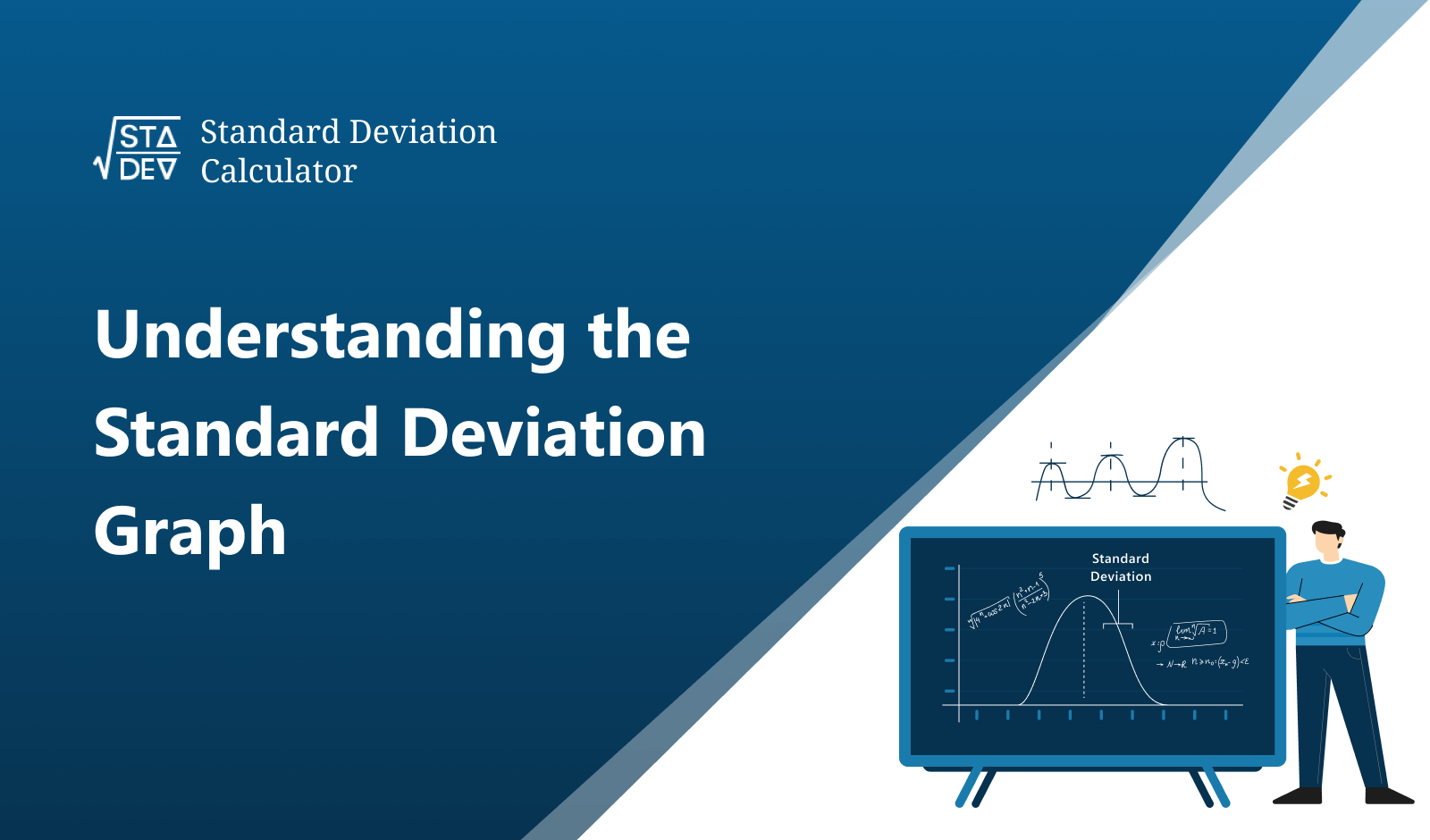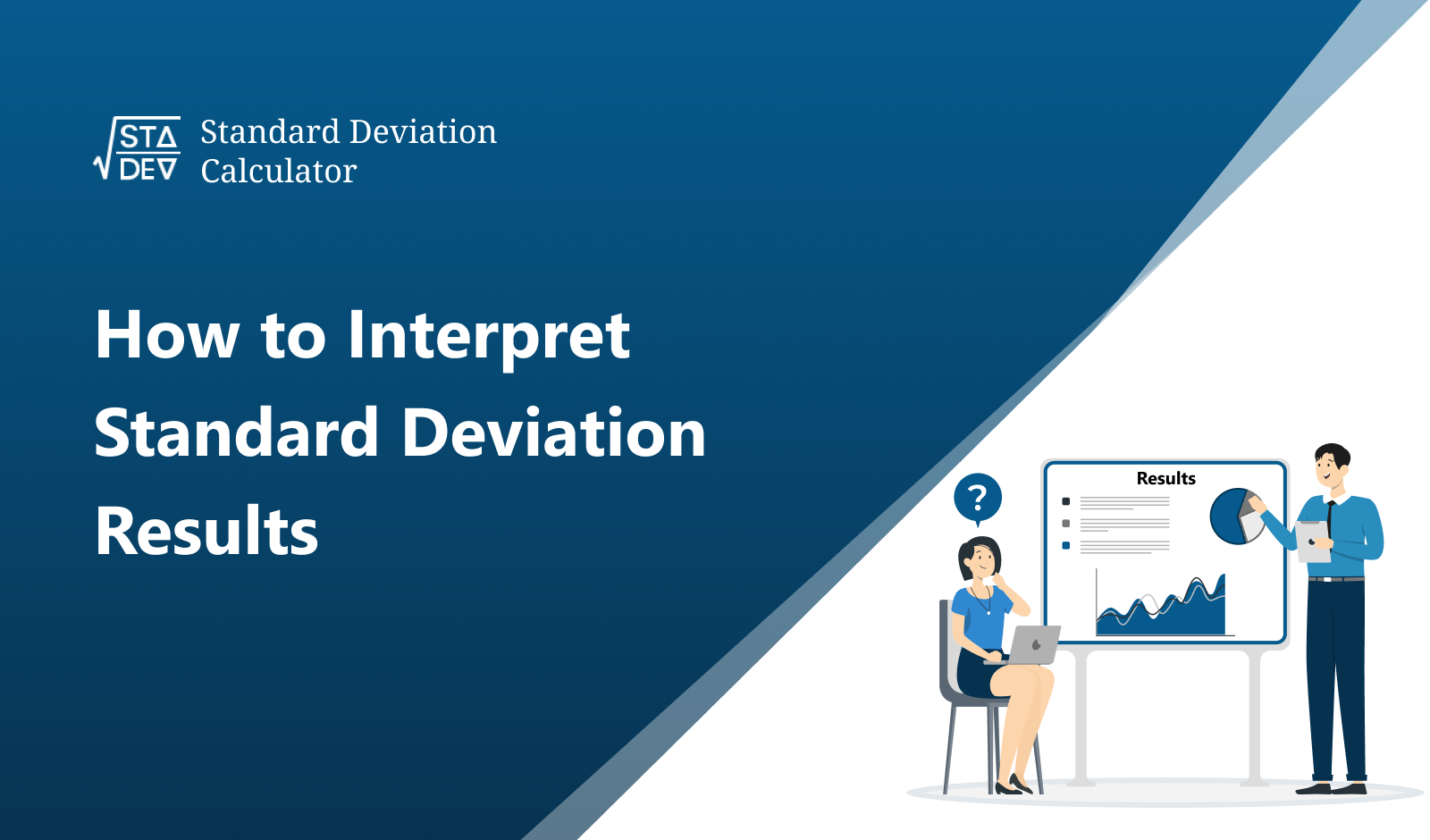What is Chebyshev’s theorem?
Chebyshev’s inequality, also known as Chebyshev’s theorem helps us to evaluate the minimum percentage of the annotations (observations) that lie within the range of standard deviation to the mean.
The formula of Chebyshev’s theorem:
The formula given below is used to calculate the precisions of the observations.
P(|X - μ| ≥ Kσ) ≤ 1/K2
Where
- “P” is the proportion
- “X” is the sample
- “μ” is the mean
- “σ” is the standard deviation.
- “K” is any positive integer that must be greater than “1”
General and real-life applications of Chebyshev’s theorem:
Here are some applications of Chebyshev's theorem in general and in real life:
Quality Control:
In manufacturing and production, Chebyshev's theorem can be used to ensure that a certain percentage of products are within a certain range of specifications. This helps to reduce waste and increase efficiency.
Finance and Economics:
Chebyshev's theorem is used to identify outliers and to understand the distribution of financial and economic data. This helps to identify potential risks and to develop investment strategies.
Public Health:
Chebyshev's theorem is used in public health to understand the distribution of health data, such as disease rates and mortality rates. This helps to identify trends and patterns, which can inform public health policies and interventions.
Data Science:
Chebyshev's theorem is a useful tool in data science for understanding the distribution of data and identifying outliers. This helps to improve data quality and reliability, which is important for making informed decisions.
Education:
Chebyshev's theorem can be used to help students understand the distribution of grades in a class and to identify potential outliers. This can help teachers to adjust their teaching methods and to provide extra support to students who need it.
Overall, Chebyshev's theorem is a powerful statistical tool that can be used in a wide range of fields to better understand data distributions and to make informed decisions.
Example section:
In this section, we’ll describe the method to calculate the proportions using Chebyshev’s theorem.
Example
Calculate the minimum proportions of the mean to the standard deviations using Chebyshev’s theorem if K is 7.
Solution:
K = 7
Formula:
P (∣ X − μ ∣ < kσ) = 1 – (1 / k2)
Put the value of "k" in the above formula
P (∣ X − μ ∣ < kσ) = 1 − 1 / (7)2
P (∣ X − μ ∣ < kσ) = 1 – 1 / 49
P (∣ X − μ ∣ < kσ) = 1 − 0.0204
P (∣ X − μ ∣ < kσ) = 0.98
Analysis:
For any shaped distribution, at least 97.99% of the data values will lie within 7 standard deviations from the mean of that distribution. That is from 7 standard deviations below the mean to 7 standard deviations above the mean.







